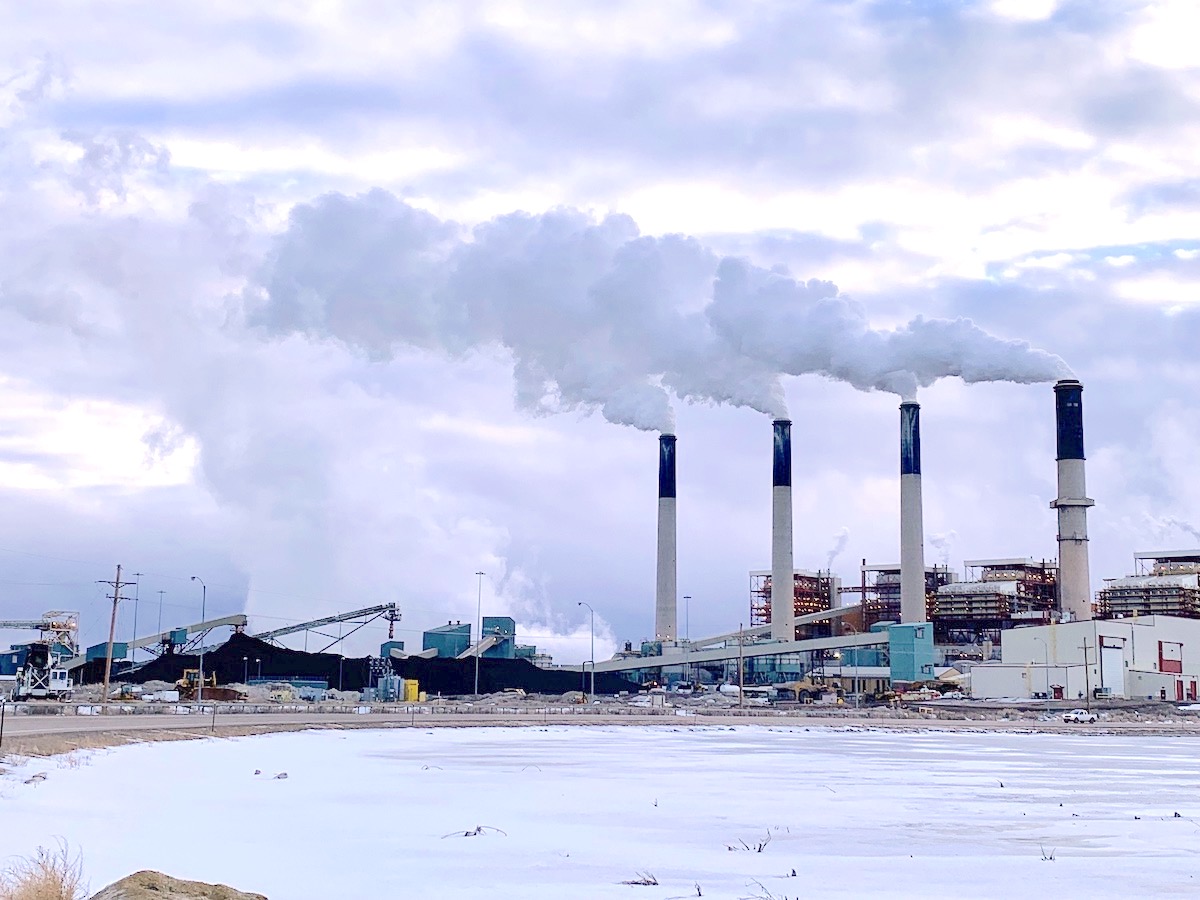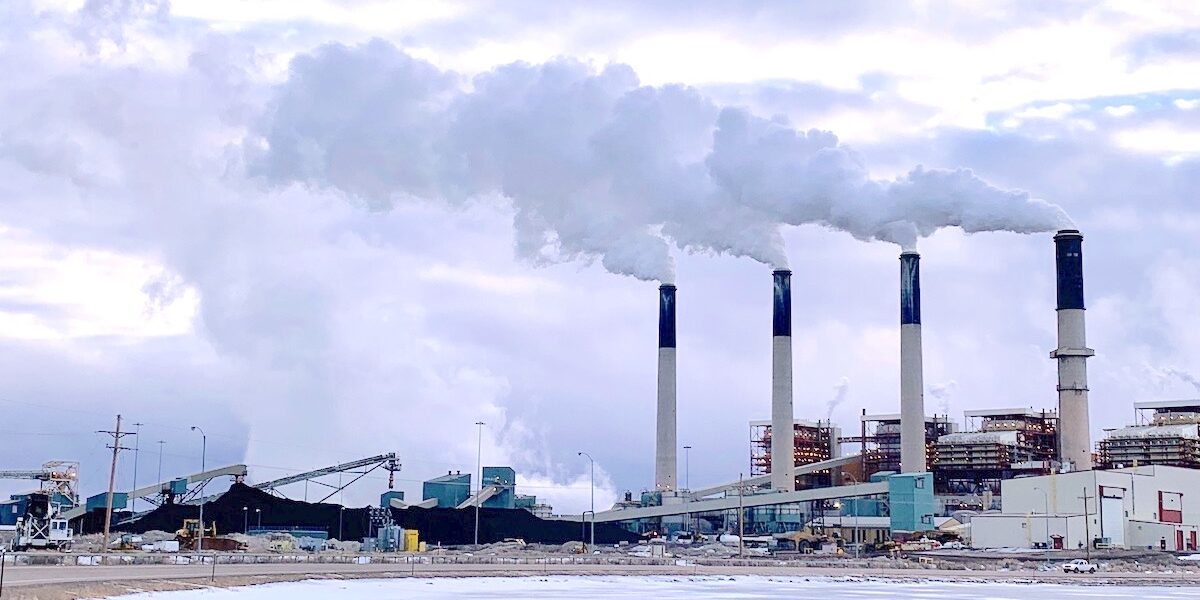
• The company’s electric customers in Wyoming are already paying the $80.6 million fuel ‘adjustment,’ which will expire in July.
By Dustin Bleizeffer, WyoFile.com
Wyoming’s largest electricity provider, Rocky Mountain Power, has agreed to trim a temporary rate hike for its 144,000 customers. The decision follows pressure from the Wyoming Office of Consumer Advocate and Wyoming Industrial Energy Consumers — a powerful rate-scrutinizing group that accounts for about 70% of the company’s electrical power consumption in the state.
The Wyoming Public Service Commission on Monday approved a settlement agreement between the parties that finalizes an $80.6 million increase — about 7% less than Rocky Mountain Power’s original request of $86.4 million. The initial figure of $86.4 million was in error, company officials later admitted, and was adjusted downward. It was not the company’s first error in favor of itself when pumping its Wyoming customers for higher rates. Nor is it the first rate hike customers have had to pay recently.
All told, the increase designed to offset unanticipated spikes in variable fuel costs and approved by Wyoming authorities this month inflates the average Wyoming Rocky Mountain Power customer’s monthly bill by about $11.95, according to utility spokesman David Eskelsen.
The company also agreed to rate-trimming “compromises” regarding expenses the utility incurred due to alleged missteps that resulted in downtime at some of its electrical generation facilities, according to the settlement.
The rate increase is part of an annual “true-up” to account for the difference between what the utility estimated it would pay for fuel costs and power purchases during the previous year and its actual costs. The temporary rate hike first showed up in customer bills in July, will be adjusted to reflect the lowered amount and expire at the end of June.
The increase is just one in a series of ongoing price hikes by the company, which it says are merely pass-on costs for an increasingly expensive electric utility industry.
In August, Rocky Mountain Power submitted a separate proposal to tap its Wyoming customers for a permanent 14.7% rate hike. That proposal is also being contested by the consumer advocate and industrial power consumer group, and will be considered by the Wyoming Public Service Commission in March.
What’s driving the recent rate hike?
In recent years, Rocky Mountain Power has pointed to volatile natural gas and coal prices, as well as swings in prices for electrical power it purchases on the open market, to justify upward ECAM adjustments. Extreme cold and heat events and global geopolitics can spike commodity prices.
The current ECAM adjustment, according to Rocky Mountain Power, was driven by several factors in 2023. Declining U.S. coal production, along with increased U.S. coal exports to Europe due to the war in Ukraine, forced the utility to rely more on natural gas-fueled power generation and power market purchases, company officials said. It also had to pay top dollar to replenish coal stockpiles at its coal-fired power plants.
While it’s impossible to predict what winter — or national and global markets, for that matter — will deliver in coming months, U.S. stockpiles for both natural gas and coal are flush right now, according to the U.S. Energy Information Administration. That may bode well for customers’ monthly power bills in the coming year, industry officials say. The nation’s natural gas inventory is at its highest since 2016, according to the agency, while coal stockpiles this fall were at a four-year high.
Despite those forecasts, the fuel commodity markets that drive major expenses for utilities are simply becoming more expensive and unpredictable. One factor is declining U.S. coal production.
“In some cases, [coal companies] are calling force majeure on current contracts, forcing negotiations and higher prices — so there are real struggles in the coal market,” Office of Consumer Advocate Administrator Anthony Ornelas told WyoFile.
The shrinking availability for coal leaves the market prone to disruptions and sometimes forces utilities to turn to the short-term electric power purchase market at times when fierce competition drives prices higher.
These types of changing market realities factored in the decision to convert two of four coal-burning units at the Jim Bridger power plant near Rock Springs to natural gas this year, according to the company.
“The company will no longer be dealing with certain coal costs for those units, which include not only the cost of the fuel itself, but also costs of certain emission controls, which are less with natural gas fuel,” utility spokesman Eskelsen told WyoFile.
Rocky Mountain Power under pressure
The hike, although temporary, is the latest in a series of historic rate increases by the monopoly utility that has stressed Wyoming residents and businesses for vital electrical service.
Last year, Rocky Mountain Power — a division of billionaire Warren Buffet’s western utility giant PacifiCorp — proposed a 29.2% rate hike for its Wyoming customers. State authorities whittled the request to 5.5% and chastised company officials for errors made in the company’s favor, and for failing to conduct informational meetings with its customers regarding the increase.
PacifiCorp serves customers in six western states, including Wyoming, Utah and Idaho under its Rocky Mountain Power division. Lawmakers in Utah have asked the company to consider a reorganization due to pro-coal policies in the Rocky Mountain region versus West Coast states that prefer renewable energy.
WyoFile is an independent nonprofit news organization focused on Wyoming people, places and policy.





